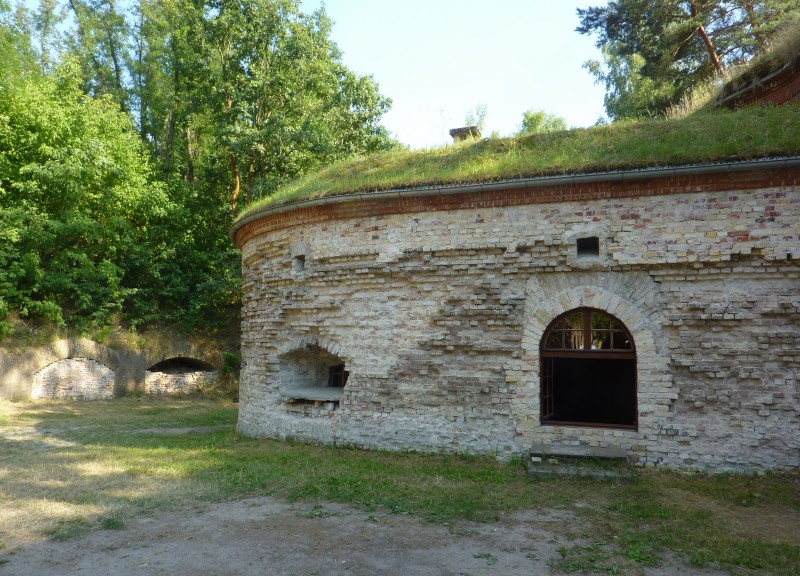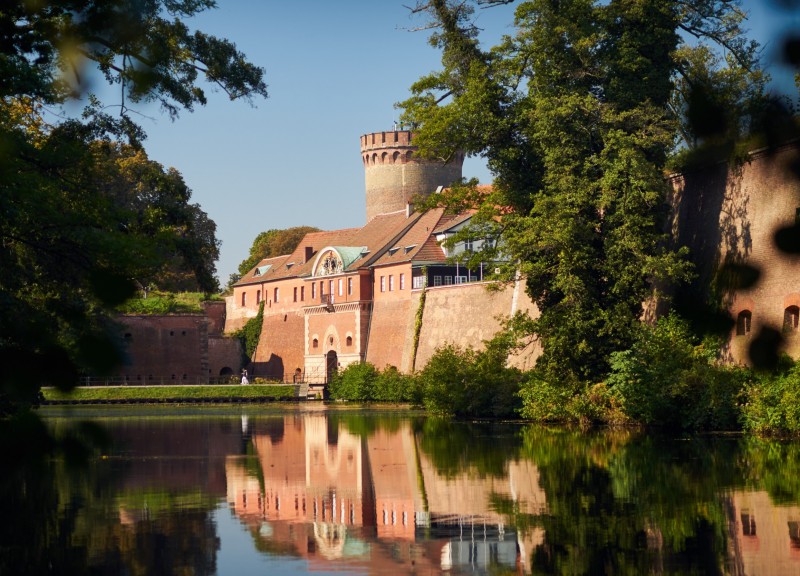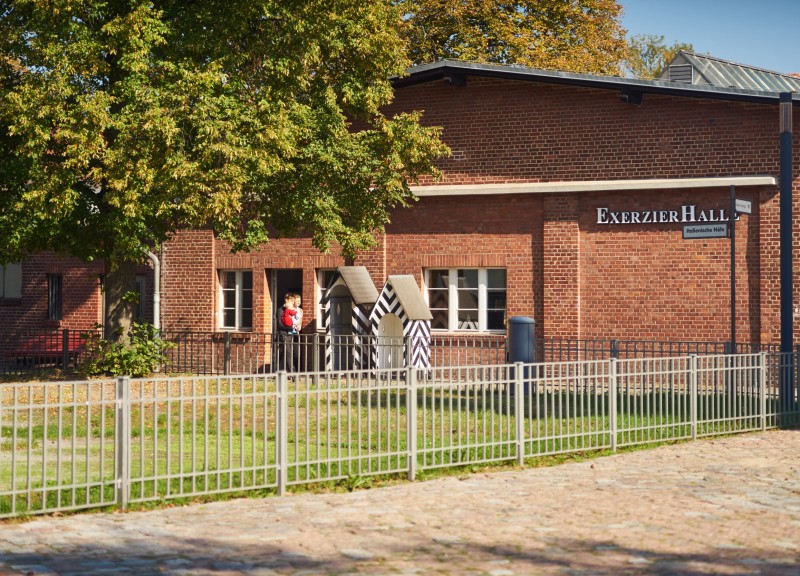Breite Str. 71a, 13597 Berlin
- Built between 1842 and 1845
- Dyke to regulate the water between the moat and the mill race



When Spandau was settled by Slavic farmers around 600 AD, Berlin was still native forest. By 900 it had become a fortified wooden settlement, which was discovered during excavations to the south of the old town in the 1970s.
Spandau was then called “Spandowe” and received its town charter in 1232. In the 16th century, it took Luther’s side and became Protestant. A little later, work began on the mighty citadel to protect the royal city of Berlin-Cölln.
In the centuries that followed, the Prussians expanded Spandau into a fortress and garrison town with barracks, gunpowder and gun factories and extensive fortifications. Plenty of other artefacts from this period can be discovered and explored in Spandau.
Breite Str. 71a, 13597 Berlin
Ruhlebener Straße 205, 13597 Berlin
Am Juliusturm 64, 13599 Berlin
Hahnebergweg 50, 13591 Berlin
Teltower Schanze, 13597 Berlin